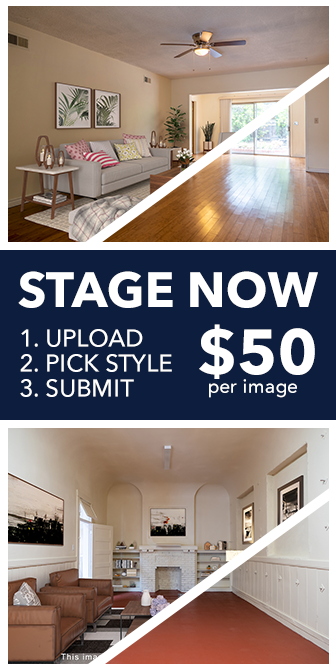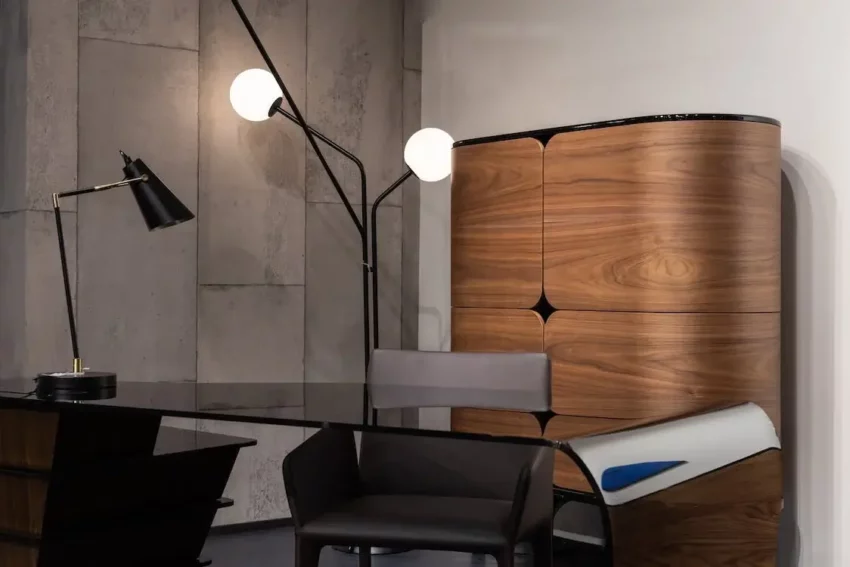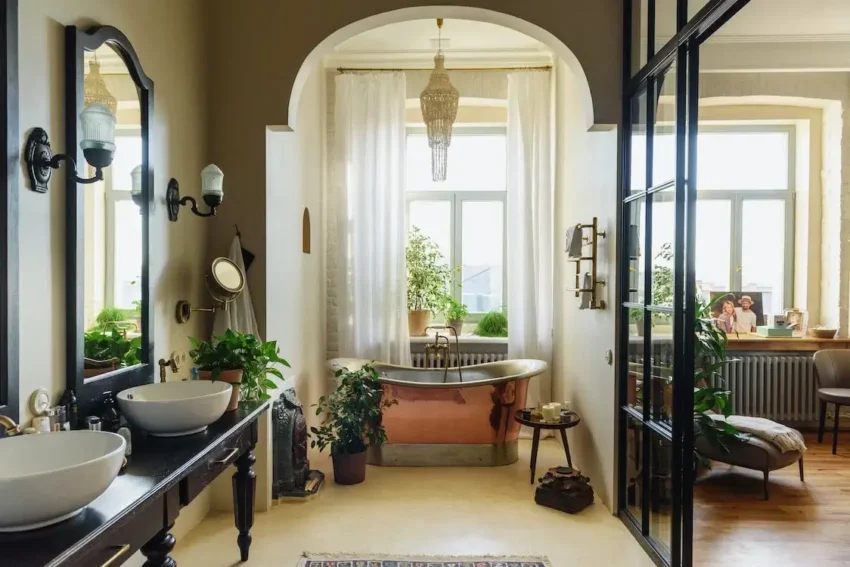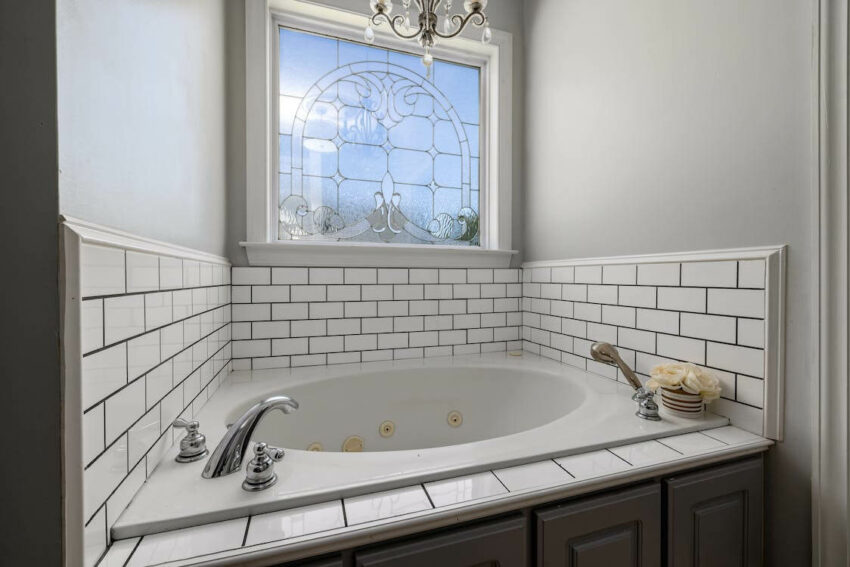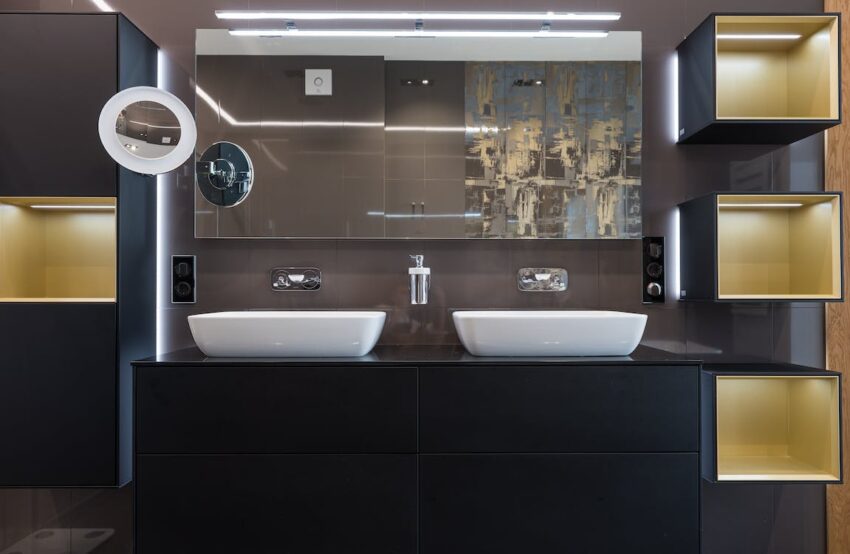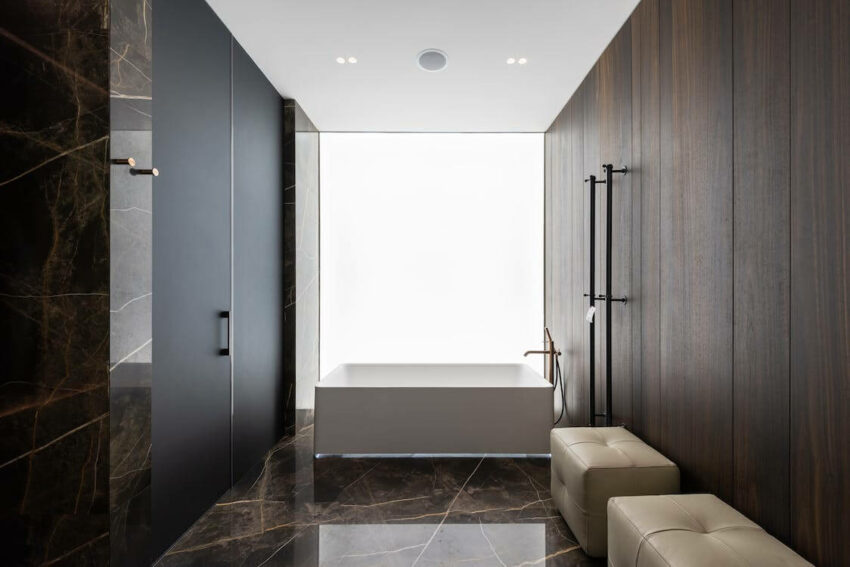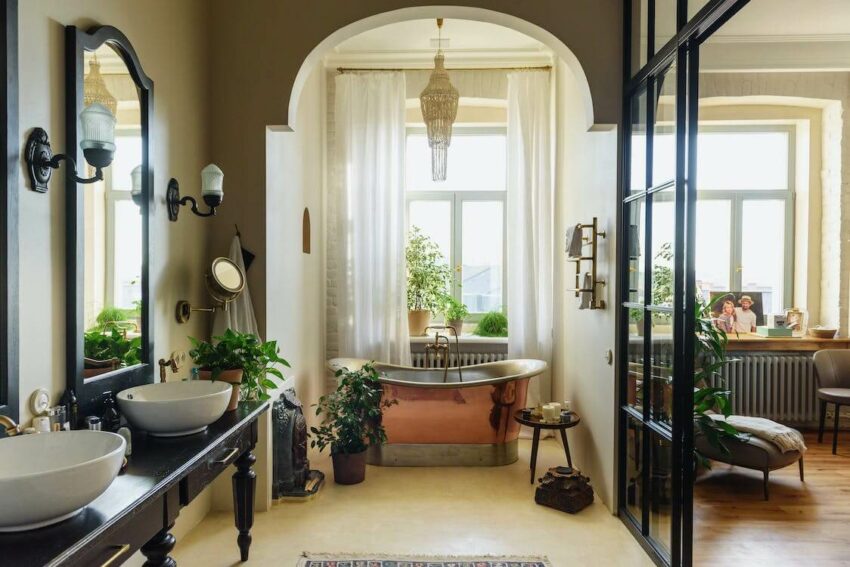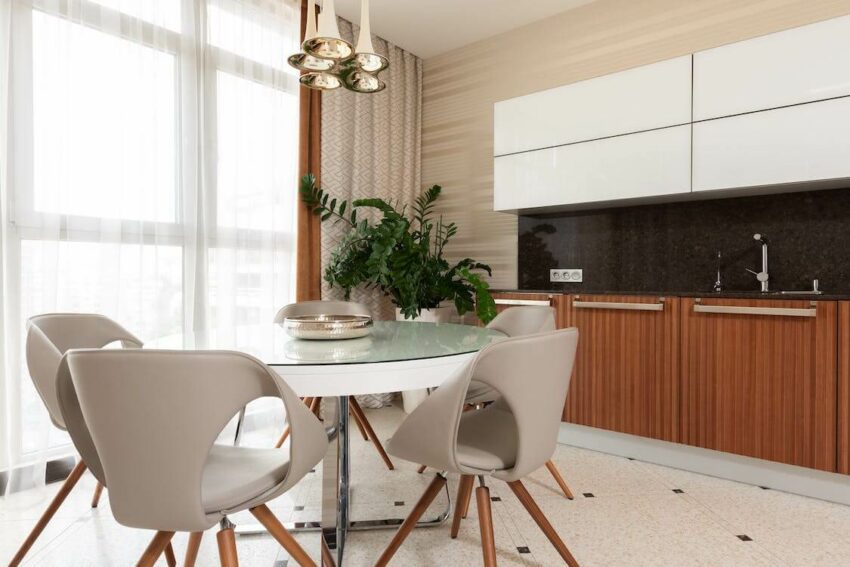“Embarking on a journey through the intricate tapestry of modern design, we delve into the captivating realm of contemporary architecture, where innovation, sustainability, and artistic expression intertwine to shape the built environment of today and tomorrow.”
Contemporary architecture stands as a testament to human creativity, innovation, and adaptability in the ever-changing world of design. From iconic skyscrapers that pierce the skies to sustainable structures that harmonize with nature, the realm of contemporary architecture is a reflection of our societal values, technological advancements, and cultural influences. In this extensive blog post, we will embark on a journey through the captivating world of contemporary architecture, exploring its various styles, key players, sustainable practices, and the profound impact it has on our lives.

The Fusion of Function and Form: Defining Contemporary Architecture
Contemporary architecture defies strict definitions, embracing a wide spectrum of styles and influences. It challenges traditional norms by marrying functional requirements with artistic expression. Architectural forms are shaped by the demands of our era, often characterized by minimalism, clean lines, and open spaces. The freedom to experiment with materials, shapes, and structures has given rise to awe-inspiring designs that push the boundaries of imagination.
Contemporary architecture refers to the architectural styles, designs, and approaches that are prevalent in the present day and reflect the current cultural, social, and technological context. It is characterized by its departure from traditional architectural norms and its emphasis on innovation, creativity, and functionality. Contemporary architecture often incorporates a wide range of materials, forms, and technologies to create buildings that are both visually striking and responsive to the needs of modern society.
Key Characteristics of Contemporary Architecture:
- Innovation and Creativity: Contemporary architecture encourages architects to think outside the box and explore new design possibilities. It often challenges conventional ideas about form, structure, and aesthetics, resulting in unique and groundbreaking buildings.
- Minimalism and Clean Lines: Many contemporary buildings embrace minimalistic design principles, favoring clean lines, simple geometries, and uncluttered spaces. This aesthetic creates a sense of order and openness.
- Integration of Technology: Contemporary architecture seamlessly incorporates the latest technological advancements. Smart building systems, sustainable technologies, and digital design tools are often integrated to enhance the functionality and efficiency of the structure.
- Sustainability: Environmental consciousness plays a significant role in contemporary architecture. Designers prioritize energy efficiency, the use of sustainable materials, and strategies to reduce the building’s impact on the environment.
- Adaptive Reuse: The repurposing of existing structures for new functions is a hallmark of contemporary architecture. This approach aligns with sustainability goals and often preserves historical or cultural elements while giving them a modern twist.
- Open and Flexible Spaces: Contemporary architecture often favors open floor plans and adaptable spaces that can accommodate changing needs. This flexibility caters to the dynamic nature of modern living and work environments.
- Blurring of Indoor and Outdoor Spaces: Many contemporary designs aim to create a seamless transition between indoor and outdoor spaces. This connection with nature enhances the occupants’ well-being and provides a unique sensory experience.
- Cultural Sensitivity: Contemporary architecture reflects the diversity of cultures and influences present in the modern world. Architects draw inspiration from various cultural motifs and historical references, resulting in a rich tapestry of designs.
- Expression of Identity: Buildings are often designed to reflect the identity and purpose of the space they house. Whether it’s a museum, a cultural center, or a corporate headquarters, contemporary architecture seeks to express the unique qualities of the institution.
- Non-Linear Design: Traditional architectural styles often adhere to symmetrical and predictable patterns. Contemporary architecture breaks away from these norms, embracing asymmetry and irregularity to create visually captivating structures.
In essence, contemporary architecture is an ongoing dialogue between the past, the present, and the future. It reflects the values, aspirations, and technological advancements of society while pushing the boundaries of what is possible in terms of design, functionality, and sustainability.

Architectural Styles that Define the Contemporary Landscape
Contemporary architecture encapsulates a myriad of styles, each rooted in unique historical, cultural, and technological contexts. The sleek lines of Modernism, the organic forms of Organic Architecture, the eclectic combinations of Postmodernism, and the embrace of cutting-edge technology in High-Tech Architecture are just a few examples. This section delves into the evolution of these styles, their prominent features, and their lasting impact on the architectural landscape.
Contemporary architecture encompasses a diverse range of styles that reflect the ever-evolving nature of design, technology, and cultural influences. These styles often emerge as responses to societal shifts, technological advancements, and changing perceptions of space. Below are some prominent architectural styles that define the contemporary landscape:
Modernism
Modernism is a foundational style that emerged in the late 19th and early 20th centuries but continues to influence contemporary architecture. It emphasizes simplicity, functionality, and the use of new materials like glass, steel, and concrete. Clean lines, open spaces, and a focus on the interplay of light and shadow are hallmarks of this style.
Minimalism
Minimalism in architecture seeks to achieve maximum effect with minimal elements. It often features neutral colors, simple forms, and an emphasis on essential design elements. The goal is to create serene, uncluttered spaces that allow occupants to focus on the experience rather than ornate details.
Postmodernism
Postmodern architecture emerged as a reaction to the perceived rigidity of Modernism. It celebrates eclecticism, references historical architectural styles, and plays with irony and whimsy. Postmodern buildings often feature bold colors, decorative elements, and unexpected juxtapositions.
Deconstructivism
Deconstructivist architecture challenges traditional notions of form and structure. It embraces fragmentation, non-linear geometry, and a sense of disarray. Buildings in this style often appear distorted or deconstructed, defying conventional expectations of balance and order.
High-Tech Architecture
Also known as Structural Expressionism, High-Tech Architecture showcases the structural and technological aspects of a building. It often features exposed steel frames, glass walls, and a transparent expression of its functional components. High-Tech buildings emphasize the beauty of engineering and industrial aesthetics.
Organic Architecture
Organic Architecture draws inspiration from natural forms and seeks to harmonize buildings with their environment. Curved lines, flowing shapes, and materials that blend seamlessly with nature characterize this style. Architects strive to create buildings that feel integrated within their surroundings.
Futurism and Parametric Design
Futurist architecture embraces futuristic aesthetics and often uses parametric design techniques to create complex, dynamic forms. This style is characterized by its reliance on digital tools to generate intricate shapes that are often unattainable through traditional design methods.
Neo-Futurism
Neo-Futurism takes cues from Futurism but adapts it to contemporary design sensibilities. It combines avant-garde elements with a focus on sustainability and advanced technology. Neo-Futurist buildings often exhibit biomorphic shapes and innovative materials.
Contemporary Vernacular
Contemporary Vernacular architecture integrates local building traditions and materials with modern design principles. This style seeks to maintain a connection to cultural heritage while adapting to current needs and aesthetics.
Parametric Architecture
Parametric architecture involves the use of algorithms and computer software to generate complex, adaptive designs. This style allows architects to create intricate and dynamic forms that respond to specific parameters, resulting in visually striking structures.
These architectural styles showcase the dynamic and ever-evolving nature of contemporary architecture. While each style has its distinct characteristics, architects often draw inspiration from multiple styles, blending them to create innovative and impactful designs that reflect the complexities of our modern world.

Pioneers of Contemporary Architecture: Visionaries and Innovators
The realm of contemporary architecture is adorned with the names of visionary architects who have shaped its course. From Frank Gehry’s deconstructivist marvels to Zaha Hadid’s fluid geometries, and Bjarke Ingels’ playful designs, these architects have pushed the envelope and redefined architectural norms. We’ll explore their philosophies, iconic works, and how their innovative thinking continues to inspire the next generation.
The world of contemporary architecture has been shaped by visionary architects who have challenged norms, redefined design principles, and pushed the boundaries of what is possible. These pioneers have left an indelible mark on the architectural landscape. Here are some of the most influential pioneers of contemporary architecture:
- Frank Gehry: Renowned for his distinctive deconstructivist style, Frank Gehry is known for creating buildings that appear to defy gravity and conventional geometry. His iconic works include the Guggenheim Museum in Bilbao, Spain, and the Walt Disney Concert Hall in Los Angeles. Gehry’s innovative use of materials like titanium and his embrace of organic forms have inspired a generation of architects.
- Zaha Hadid: Zaha Hadid was a trailblazing architect who pushed the boundaries of design with her dynamic and fluid architectural language. Her buildings, characterized by sweeping curves and asymmetrical shapes, challenge traditional notions of form. Notable works include the Heydar Aliyev Center in Baku, Azerbaijan, and the MAXXI National Museum in Rome.
- Bjarke Ingels: Bjarke Ingels is known for his playful and innovative approach to architecture. His firm, BIG (Bjarke Ingels Group), has designed projects that blend sustainability, functionality, and creativity. Ingels’ works include the Mountain Dwellings in Copenhagen and the VIA 57 West residential building in New York City.
- Norman Foster: Sir Norman Foster is a pioneer in the field of high-tech architecture. His designs emphasize transparency, structural innovation, and the integration of technology. Foster’s works include iconic structures like the Hearst Tower in New York and the Millau Viaduct in France. His designs often prioritize sustainability and efficiency.
- Rem Koolhaas: Rem Koolhaas is a provocative thinker and architect who founded the Office for Metropolitan Architecture (OMA). He challenges conventional architectural thinking through his writings and designs. Notable projects include the CCTV Headquarters in Beijing and the Seattle Central Library. Koolhaas’ influence extends beyond buildings to urban planning and theory.
- Herzog & de Meuron: Jacques Herzog and Pierre de Meuron are known for their innovative use of materials and their attention to detail. Their projects often have a sculptural quality and respond to their cultural and contextual surroundings. Notable works include the Tate Modern in London and the Bird’s Nest stadium for the Beijing Olympics.
- Renzo Piano: Renzo Piano is celebrated for his elegant and functional designs that prioritize light, transparency, and adaptability. His projects range from museums like the Centre Pompidou in Paris to sustainable buildings like The Shard in London. Piano’s work often reflects his deep respect for the environment and local context.
- Tadao Ando: Tadao Ando is known for his minimalist approach to architecture, often combining simple geometric forms with carefully considered natural light and materials. His serene designs, like the Church of the Light in Osaka and the Modern Art Museum of Fort Worth, emphasize the spiritual and emotional experience of space.
- Thom Mayne: As a co-founder of Morphosis, Thom Mayne is known for his experimental and innovative architectural approach. His designs often feature bold forms and dynamic structures that challenge traditional notions of space and materials. Notable works include the Cooper Union Academic Building and the Perot Museum of Nature and Science.
- Jean Nouvel: Jean Nouvel is celebrated for his ability to create striking designs that respond to their cultural and urban contexts. His works, such as the Louvre Abu Dhabi and the Institut du Monde Arabe in Paris, often incorporate innovative use of materials and light to create captivating architectural experiences.
These architects have not only left an indelible mark on the architectural world but also continue to inspire current and future generations of designers to push the boundaries of creativity, innovation, and sustainability in architecture.

Sustainability and the Green Revolution in Architecture
As environmental concerns take center stage, sustainability has become a driving force in contemporary architecture. Architects are now challenged to create structures that harmonize with nature, minimize their carbon footprint, and harness renewable energy sources. This section delves into the rise of eco-friendly materials, passive design techniques, green roofs, and net-zero energy buildings, highlighting how architecture is contributing to a more sustainable future.
Sustainability has become a driving force in contemporary architecture as the world faces urgent environmental challenges. The green revolution in architecture emphasizes creating buildings that minimize their ecological footprint, promote energy efficiency, and harmonize with their natural surroundings. This movement seeks to balance human needs with the well-being of the planet. Here are some key aspects of sustainability and the green revolution in architecture:
- Energy Efficiency: Green architecture prioritizes reducing energy consumption through various design strategies. This includes optimizing building orientation to harness natural sunlight and ventilation, using high-performance insulation and glazing to minimize heating and cooling needs, and incorporating energy-efficient lighting and HVAC systems.
- Renewable Energy Sources: Architects are increasingly integrating renewable energy technologies such as solar panels, wind turbines, and geothermal systems into building designs. These systems generate clean energy on-site, reducing the reliance on fossil fuels and lowering greenhouse gas emissions.
- Passive Design: Passive design principles involve designing buildings to naturally capture, store, and distribute energy. Features like thermal mass, natural ventilation, and shading devices help regulate indoor temperatures without relying heavily on mechanical systems.
- Sustainable Materials: Choosing environmentally friendly materials is crucial for reducing a building’s carbon footprint. Architects are opting for materials with low embodied energy, responsibly sourced wood, recycled and upcycled materials, and non-toxic finishes to minimize negative environmental impacts.
- Green Roofs and Living Walls: Green roofs and living walls enhance a building’s energy efficiency, air quality, and aesthetic appeal. Vegetated surfaces help insulate the building, absorb rainwater, and create habitats for biodiversity in urban areas.
- Water Conservation: Sustainable architecture integrates water-saving technologies such as low-flow fixtures, rainwater harvesting systems, and graywater recycling. These measures reduce water consumption and alleviate stress on local water resources.
- Adaptive Reuse and Upcycling: Repurposing existing buildings for new uses reduces the need for new construction and saves resources. Adaptive reuse and upcycling involve creatively transforming old structures while preserving their historical and cultural value.
- Net-Zero and Beyond: Net-zero energy buildings produce as much energy as they consume over a year, typically through a combination of energy-efficient design and renewable energy generation. The goal is to eventually achieve “positive energy” buildings that generate surplus energy for the grid.
- Certifications and Standards: Green building certifications, such as LEED (Leadership in Energy and Environmental Design) and BREEAM (Building Research Establishment Environmental Assessment Method), provide frameworks for assessing and recognizing sustainable building practices.
- Biophilic Design: Biophilic design seeks to reconnect occupants with nature through the incorporation of natural elements like daylight, vegetation, and natural materials. This design approach enhances well-being, reduces stress, and improves indoor air quality.
- Resilience and Climate Adaptation: Sustainable architecture addresses the challenges of climate change by designing structures that are resilient to extreme weather events, rising sea levels, and changing climate patterns.
The green revolution in architecture acknowledges the interconnectedness of design, the environment, and human well-being. Architects, designers, and builders play a crucial role in creating buildings that not only provide functional and aesthetically pleasing spaces but also contribute positively to the planet’s health and sustainability.

The Urban Jungle: Contemporary Architecture in Urban Spaces
In an increasingly urbanized world, the role of contemporary architecture in shaping cities cannot be overstated. Vertical gardens, mixed-use developments, and adaptive reuse of old structures are all strategies employed to make cities more livable, efficient, and visually striking. We will explore how architects are responding to the challenges of urbanization while fostering community, connectivity, and aesthetic appeal.
Contemporary architecture in urban spaces stands as a dynamic response to the challenges posed by rapid urbanization and the evolving needs of modern society. It embraces innovation, functionality, and a deep understanding of urban contexts to create buildings that seamlessly integrate with their surroundings while redefining the urban landscape.
In today’s bustling cities, contemporary architecture often adopts verticality as a means of optimizing limited space. Skyscrapers and mixed-use developments characterize urban skylines, housing offices, residential units, and commercial spaces within the same structure. These designs maximize land use efficiency while fostering mixed communities and reducing the need for long commutes, thus enhancing urban livability.
Moreover, contemporary architects in urban areas prioritize sustainability, incorporating green roofs, energy-efficient systems, and smart technologies to create environmentally conscious structures. The blurring of indoor and outdoor spaces is a hallmark of this approach, with rooftop gardens, terraces, and public plazas becoming integral parts of architectural designs. Through thoughtful consideration of both aesthetics and functionality, contemporary architecture in urban spaces not only addresses the demands of dense living but also transforms cityscapes into vibrant, interconnected, and sustainable hubs of modern life.

Architecture’s Social Impact: Spaces for People
Beyond the physical form, contemporary architecture also addresses social and cultural needs. Public spaces, museums, community centers, and educational institutions are designed with the intention of fostering human interaction, expression, and growth. This section examines how architecture contributes to the social fabric of societies and serves as a backdrop for shared experiences and memories.
Digital Technology and the Future of Architecture
The digital age has revolutionized the architectural design process. Advanced software, parametric modeling, and Building Information Modeling (BIM) have streamlined design, visualization, and construction. Augmented reality and virtual reality are redefining how clients and architects perceive and interact with spaces. We will explore the intersection of architecture and technology and ponder the exciting possibilities that lie ahead.
Add Contemporary Furniture to Your Listing With AI Virtual Staging
The machine learning algo is still being trained, so feel free to use the app multiple times in order to get a result which best suits your home. The FREE app allows you to try out multiple different furniture styles and delivers back instant results!
Conclusion: A Never-Ending Evolution
Contemporary architecture is an ever-evolving field that reflects the spirit of the times while looking towards the future. Its diverse styles, sustainable practices, and impact on society make it a fascinating lens through which to view our changing world. As architects continue to push boundaries, experiment with new materials, and respond to the needs of a dynamic society, the journey of exploring contemporary architecture remains a captivating one, inviting us to reimagine the spaces we inhabit and the stories they tell.






